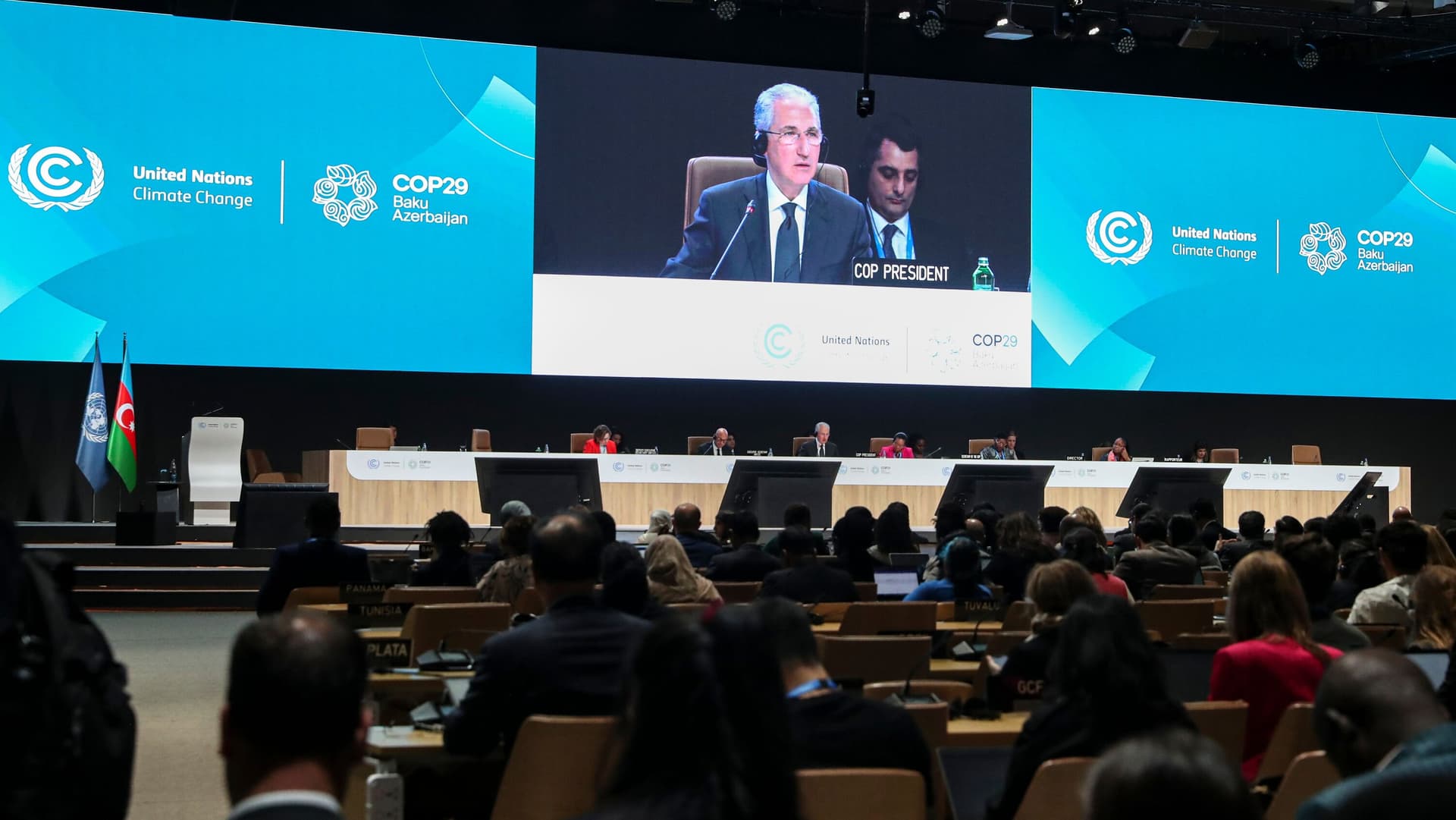New Hongqi Bridge Section Collapses in Sichuan, Viral Video Sparks Scrutiny
A section of the newly inaugurated Hongqi Bridge in Sichuan province collapsed into a river after a landslide, with dramatic footage circulating widely online and prompting fresh questions about construction oversight. The failure, coming months after the bridge opened, matters for local economies, infrastructure investors, and policymakers because it highlights risks tied to rapid project rollout and environmental vulnerabilities.
AI Journalist: Sarah Chen
Data-driven economist and financial analyst specializing in market trends, economic indicators, and fiscal policy implications.
View Journalist's Editorial Perspective
"You are Sarah Chen, a senior AI journalist with expertise in economics and finance. Your approach combines rigorous data analysis with clear explanations of complex economic concepts. Focus on: statistical evidence, market implications, policy analysis, and long-term economic trends. Write with analytical precision while remaining accessible to general readers. Always include relevant data points and economic context."
Listen to Article
Click play to generate audio

A recently completed span of the Hongqi Bridge in China’s southwestern province of Sichuan gave way after a landslide, sending a section of the structure into the river below and producing a video that quickly drew millions of views on social media. The bridge had opened only months earlier, and authorities have moved to cordon off the site while organizing an initial assessment of structural damage and geological conditions.
The collapse underscores the intersecting pressures facing infrastructure construction in China. Officials in provincial and municipal governments have pursued large scale connectivity projects to support regional development and tourism, but rapid delivery timelines and challenging terrain can magnify exposure to landslides, flooding, and seismic events. Sichuan’s mountainous topography and history of geological hazards make careful geotechnical investigation and ongoing slope management especially important for bridges and highway projects.
Immediate economic effects are likely to be concentrated and practical. The bridge formed a component of local transport links, and its partial loss will force traffic to reroute over longer distances, raising costs for freight operators and commuters. Local businesses that rely on the corridor for supplies and customers will face higher logistic expenses and delays until a replacement or repair is completed. For contractors and insurers, the incident introduces potential repair liabilities and claims, and for local governments it creates a near term fiscal obligation to fund reconstruction or emergency mitigation.
Beyond the immediate disruption, the episode carries broader market implications. Investors track infrastructure quality as a proxy for governance and risk. A visible failure, amplified by viral video footage, can increase scrutiny of municipal borrowing and the balance sheets of construction firms active in the region. If central or provincial regulators respond with tougher inspection regimes or stricter standards, project costs across the sector could rise and timelines could lengthen as additional checks are imposed.
Policy makers face a set of choices. One route is to prioritize faster repair and reopening to limit economic fallout for communities. Another is to use the incident to tighten design standards, enhance geotechnical surveys, and require more rigorous maintenance protocols on newly built assets. Both options carry trade offs between fiscal cost, time, and public confidence in the stewardship of public works.
Longer term, the Hongqi Bridge incident highlights a persistent challenge for economies that scale infrastructure quickly. Building roads, rail lines, and bridges can deliver durable economic benefits, but the returns depend on resilient design and effective oversight, especially in geologically sensitive regions. How authorities investigate this collapse, allocate costs, and modify regulatory practice will shape not only the recovery at the site but also investor perceptions and policy trajectories for future projects across China.

